Florida Thatch Palm Facts – How To Grow Florida Thatch Palm Trees
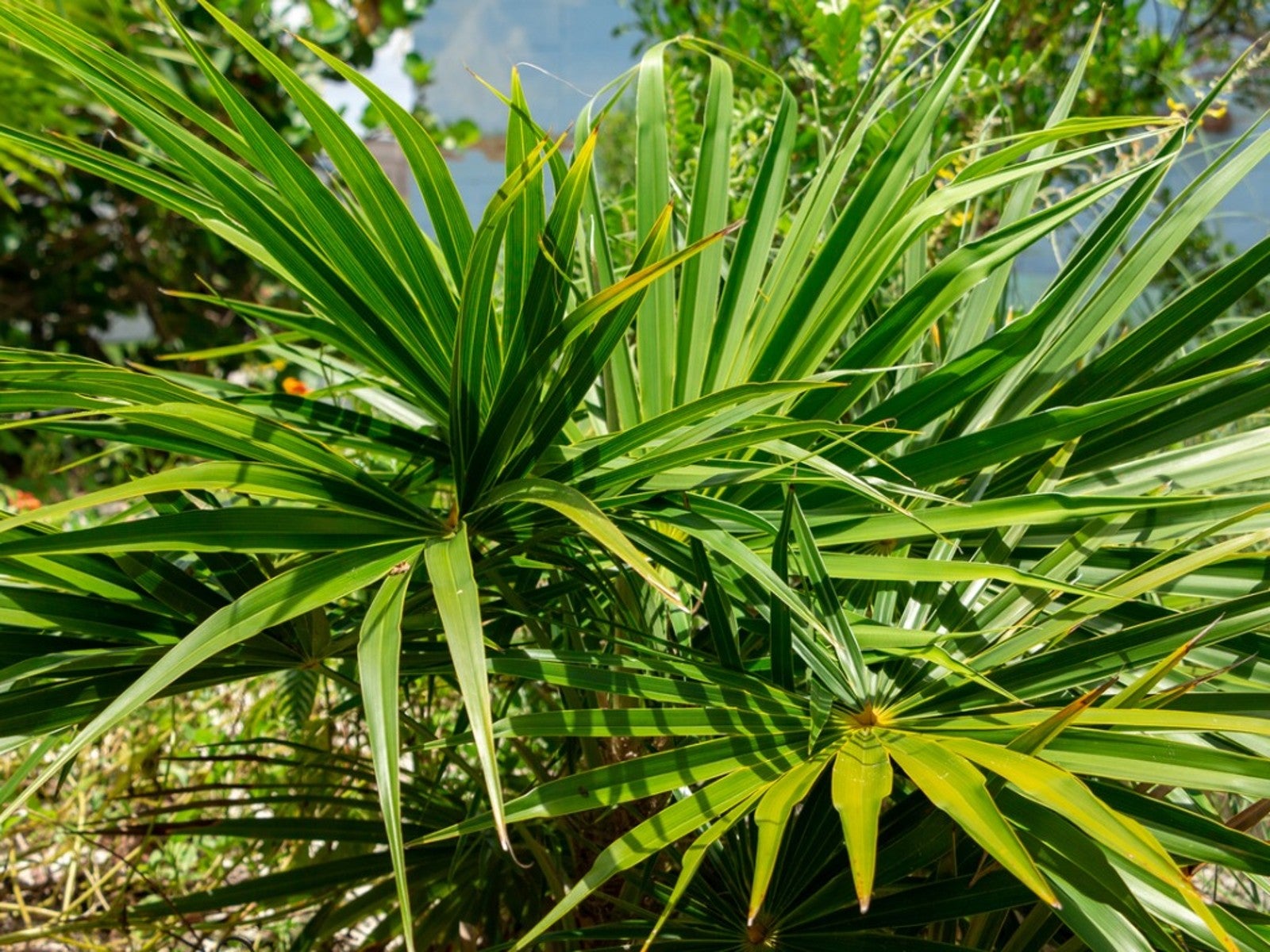

Florida is known for its many varieties of palms, but here’s one you may not have heard of: Florida thatch palm trees (Thrinax radiata). This long-lived tree is native to the region and makes a wonderful accent specimen in a small garden.
Growing Florida thatch palms is not difficult in the right climate. If these trees interest you, read on for more Florida thatch palm facts and information about their cultural requirements.
Florida Thatch Palm Facts
Florida thatch palm trees are also known as silk-top thatch palms. They don’t grow in groups but are largely solitary, growing as individual specimens. They are native to the tropical areas of Florida as well as the Caribbean. However, they are currently on the endangered list.
These palms grow only one trunk. The leaves are palmate, with green tops and yellow green coloration on the underside of the blades. The leaf tips droop noticeably. Look for leaf sheaths that split at the base, and small, white fruit on stalks.
Growing Florida Thatch Palms
Don’t plan on growing Florida thatch palms unless you live in a toasty region. They thrive in only the warmest regions like U.S. Department of Agriculture plant hardiness zones 10 and 11. Trees can get to 30 feet (10 m.) tall but often stay shorter in cultivation. The fan-shaped leaves can get to 3 feet (1 m.) wide.
In the wild, they grow by the coast on hummocks and berms. But they are also cultivated as garden trees or planted along streets or in median strips. Urban pollution does not seem to affect their growth, and they are very tolerant to salt.
Florida Thatch Palm Care
Assuming you live in an appropriate area for growing Florida thatch palms, you’ll find that they need only minimal attention once mature. The palms prefer a full sun area and need at least several hours of direct sun a day. The more shade, the slower they grow.
Gardening tips, videos, info and more delivered right to your inbox!
Sign up for the Gardening Know How newsletter today and receive a free copy of our e-book "How to Grow Delicious Tomatoes".
These palms also prefer calcareous soil that is moist during the summers and drier in winter. Once established, this palm can hold on well during tropical storm winds and is very drought tolerant. Note that while it tolerates seaside spray, it does not thrive when soaked in brackish water.

Teo Spengler is a master gardener and a docent at the San Francisco Botanical Garden, where she hosts public tours. She has studied horticulture and written about nature, trees, plants, and gardening for more than two decades. Her extended family includes some 30 houseplants and hundreds of outdoor plants, including 250 trees, which are her main passion. Spengler currently splits her life between San Francisco and the French Basque Country, though she was raised in Alaska, giving her experience of gardening in a range of climates.
-
 Looking For Plants To Give You The Soft And Fuzzies? Try These 5 Fuzzy Leaf Plant Options
Looking For Plants To Give You The Soft And Fuzzies? Try These 5 Fuzzy Leaf Plant OptionsLovers of texture, drama, silver foliage and tactile plants will adore these special sensory garden additions. These fuzzy leaf plant options will leave you all aglow
By Susan Albert
-
 Get Ready For A Summer Of Hummers! Grow These Full Sun Hummingbird Plants and Flowers
Get Ready For A Summer Of Hummers! Grow These Full Sun Hummingbird Plants and FlowersIf you’re lucky enough to enjoy a sunny backyard, make sure you are maxing out on your pollinator opportunities and grow these full sun hummingbird plants and flowers
By Tonya Barnett
-
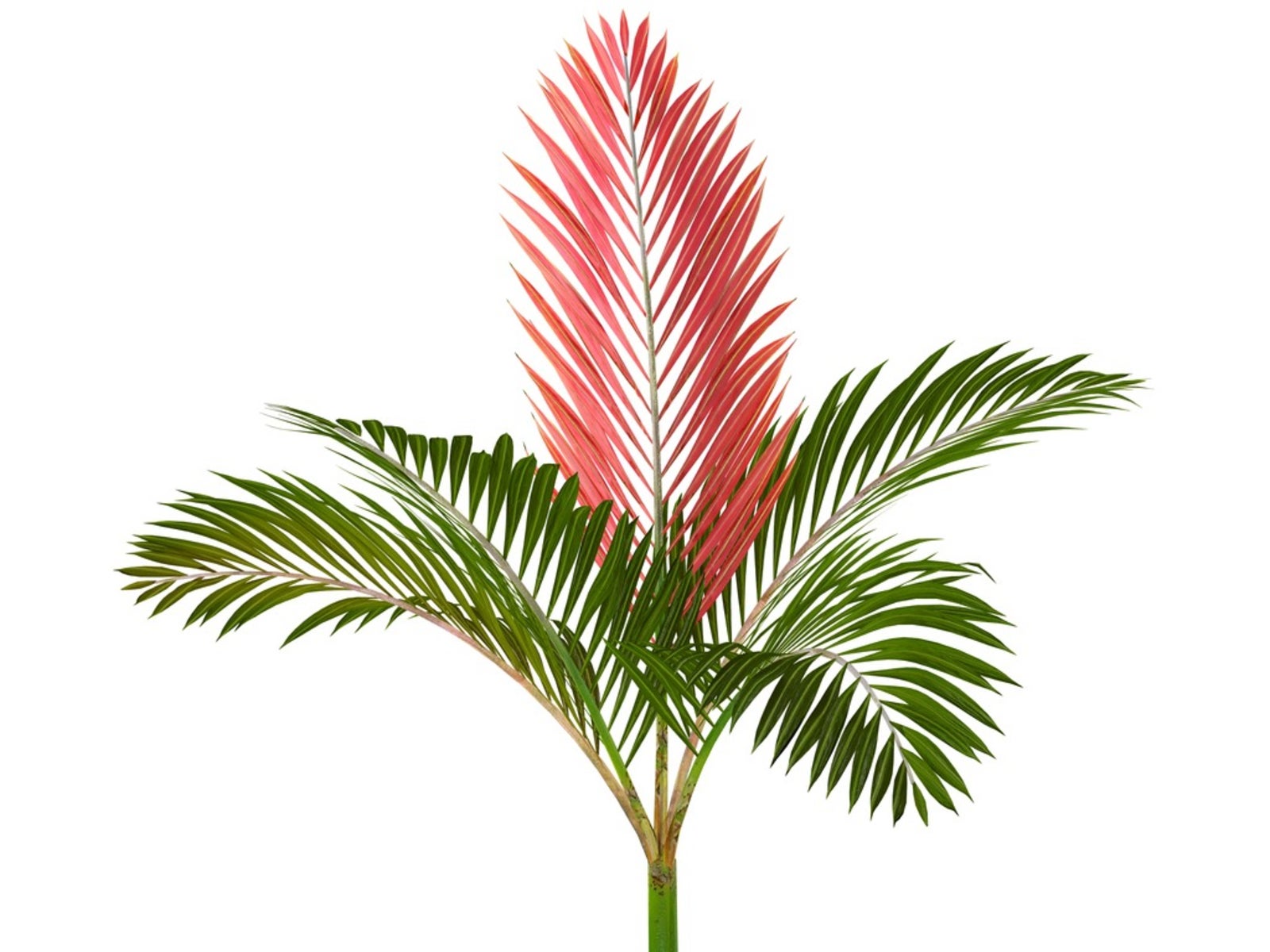 Red Leaf Palm Information – Learn About Growing Flame Thrower Palms
Red Leaf Palm Information – Learn About Growing Flame Thrower PalmsRed leaf palms are exotic and beautiful trees with leaves that grow in scarlet. If you’re thinking of growing these trees, click here for more information on red leaf palm care.
By Teo Spengler
-
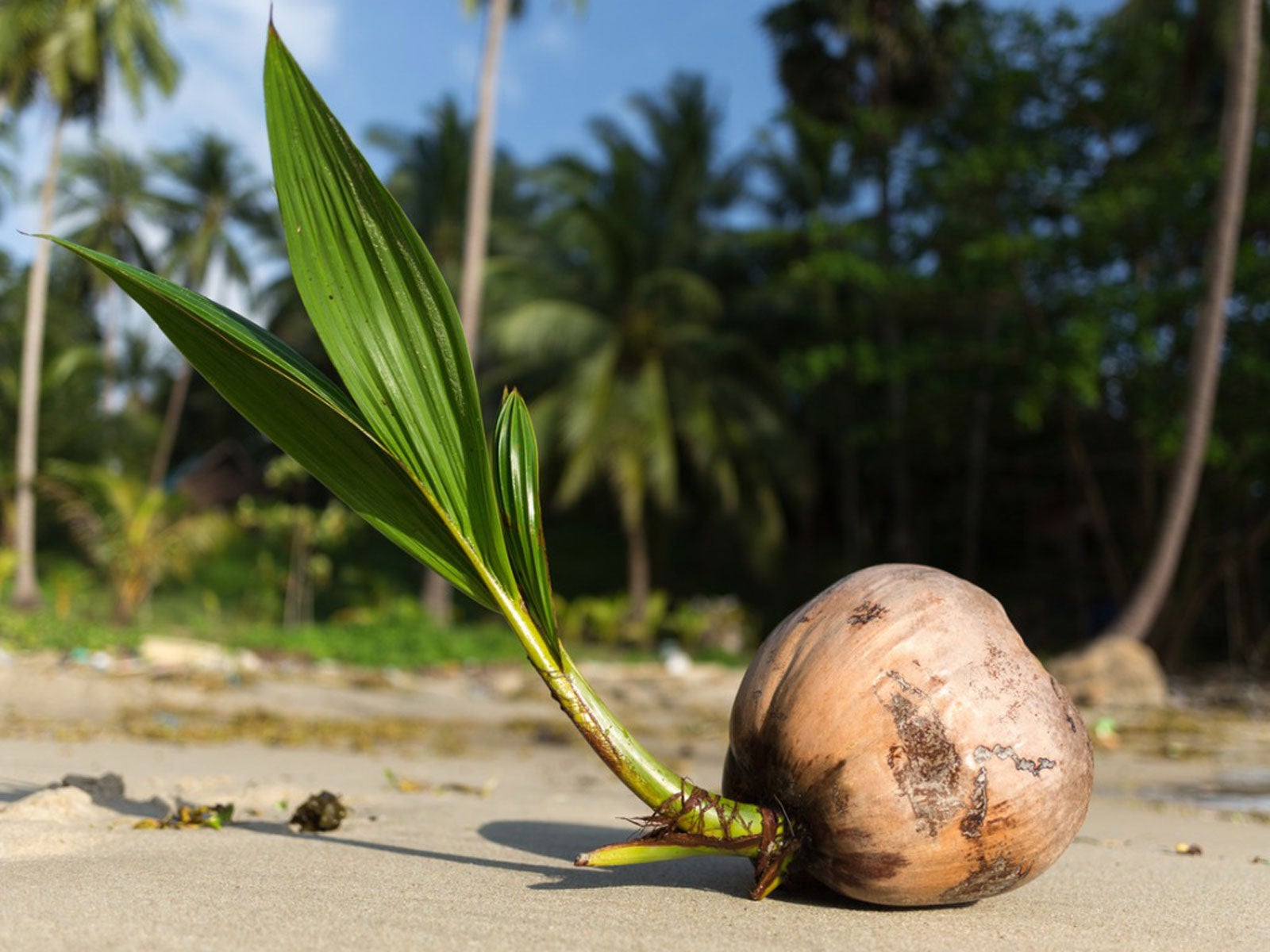 Palm Tree Seed Germination: What Does A Palm Tree Seed Look Like
Palm Tree Seed Germination: What Does A Palm Tree Seed Look LikePalm tree seed germination is not a matter of weeks but months or even years. Click here for more information on growing palms from seed.
By Teo Spengler
-
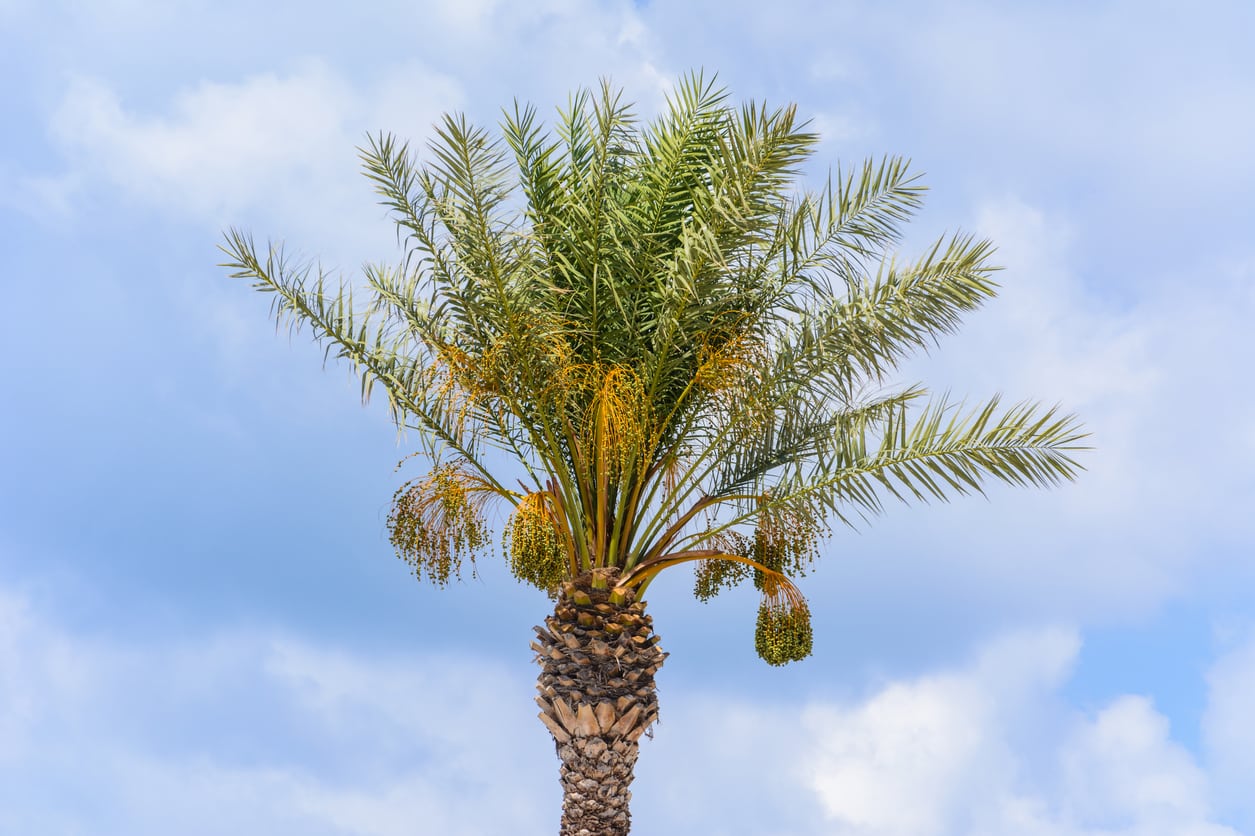 Feeding A Palm Tree: Learn How To Fertilize Palms
Feeding A Palm Tree: Learn How To Fertilize PalmsPalm trees are planted as specimen plants for their exotic, tropical look. However, palm trees have high nutritional demands and the calciferous, sandy soil they’re normally grown in cannot always accommodate these needs. Click here to read more about fertilizing palm trees.
By Darcy Larum
-
Pink Rot On Palms: Tips For Treating Palms With Pink Rot Fungus
Pink rot fungus is a palm tree disease that infects damaged or weakened palms. Like many fungi, it is easier to prevent than it is to treat. Here are some tips on dealing with pink rot on palms. Click this article to learn more.
By Jackie Carroll
-
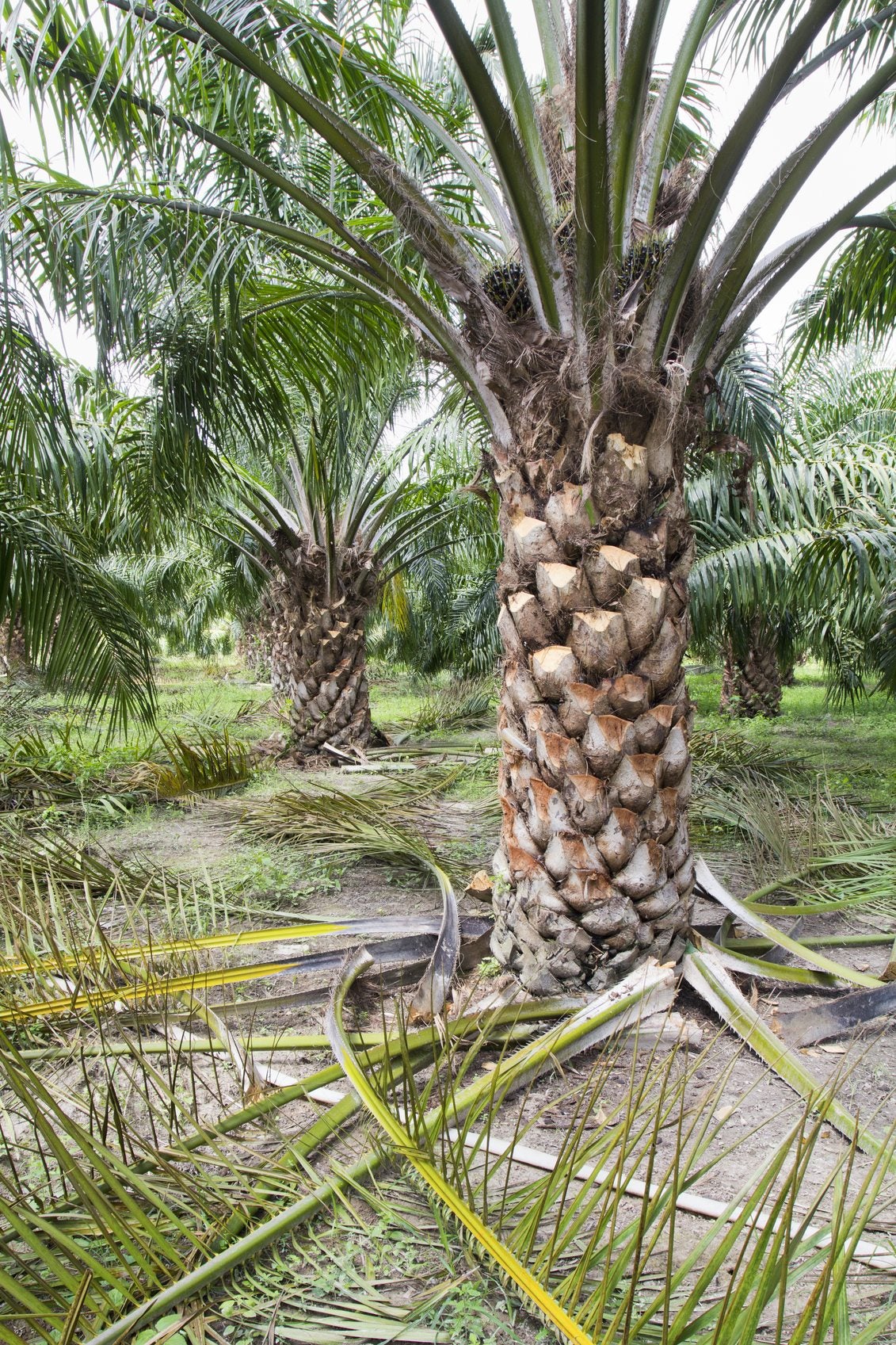 Pruning Palm Plants: Tips On Cutting Back A Palm Tree
Pruning Palm Plants: Tips On Cutting Back A Palm TreeCutting back a palm tree will not make it grow faster. This myth has caused gardeners to do extensive palm tree pruning that doesn't help and can hurt the tree. If you want to know how and when to prune a palm tree, this article will help.
By Teo Spengler
-
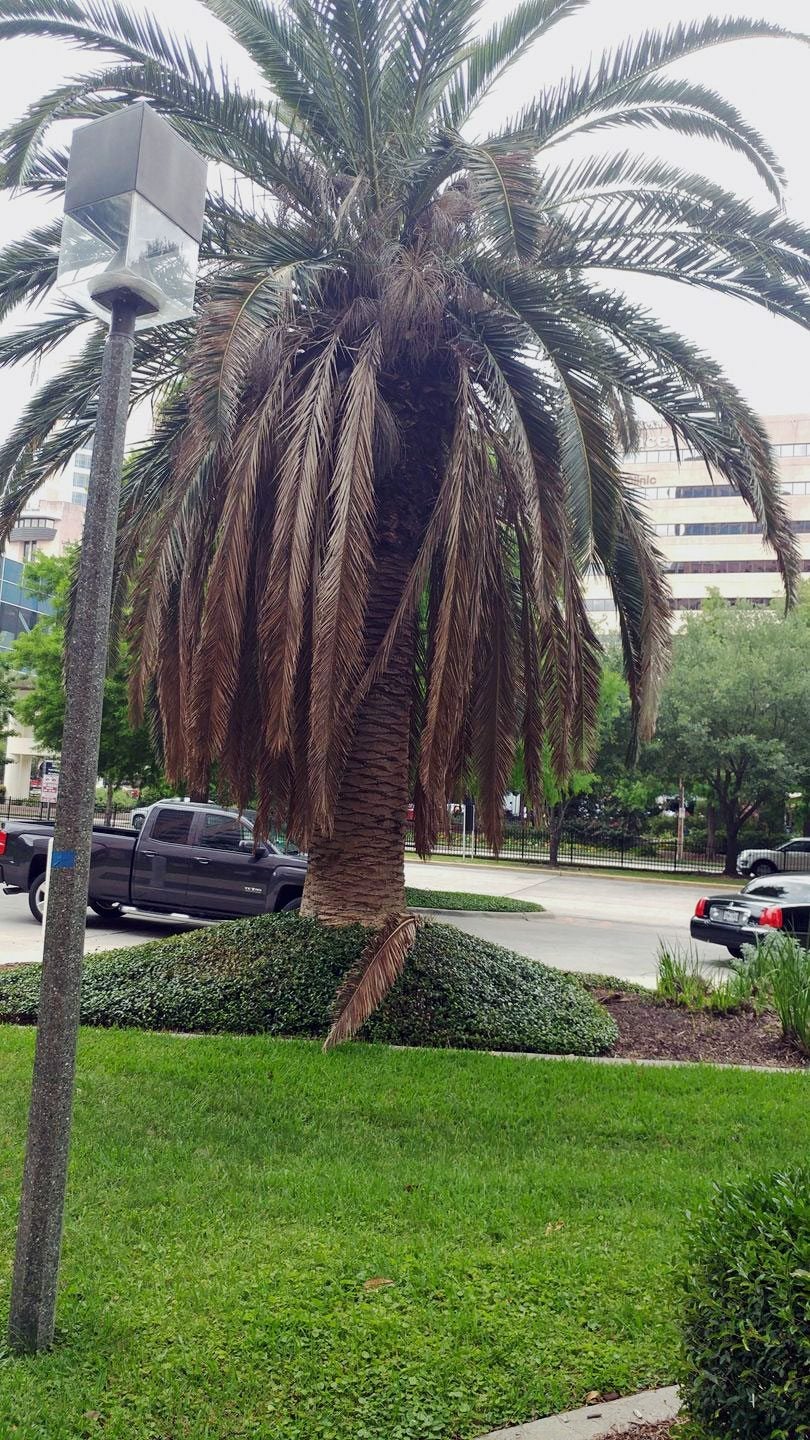 Palm Tree Dropping Fronds: Can You Save A Palm Tree Without Fronds
Palm Tree Dropping Fronds: Can You Save A Palm Tree Without FrondsThere are a number of reasons for palm tree fronds falling off, from natural "cleaning" to damaging cultivation, disease, and pest issues. If there are no fronds on a palm tree, the plant may be in real trouble but it is possible to still save it. Learn more here.
By Bonnie L. Grant
-
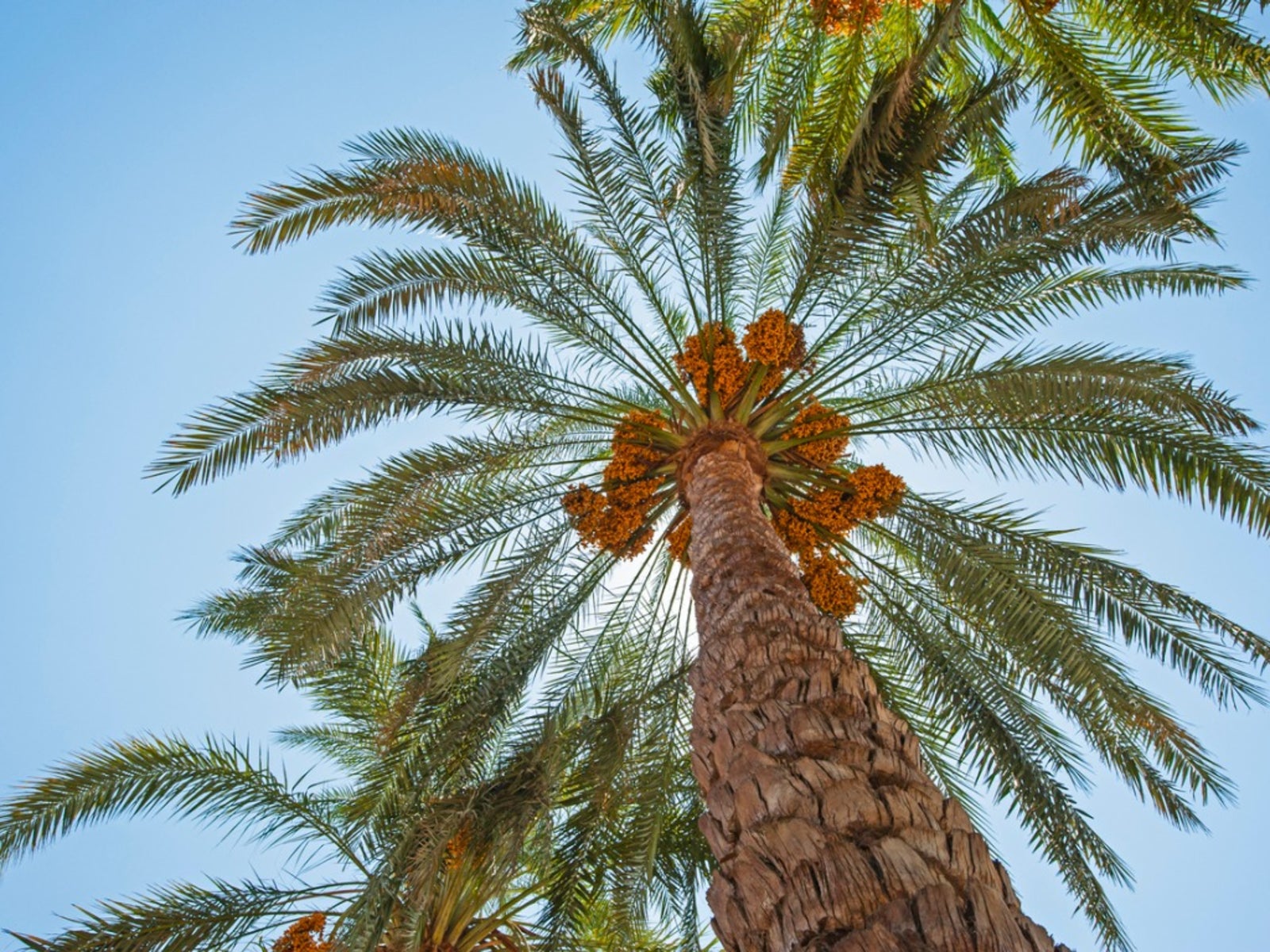 What Is Lethal Yellowing Disease: Learn About Lethal Yellowing Of Palms
What Is Lethal Yellowing Disease: Learn About Lethal Yellowing Of PalmsLethal yellowing is a tropical disease that affects several species of palm. This disfiguring disease can devastate landscapes in South Florida that rely on palms. Find out about lethal yellowing treatment and detection in this article.
By Jackie Carroll
-
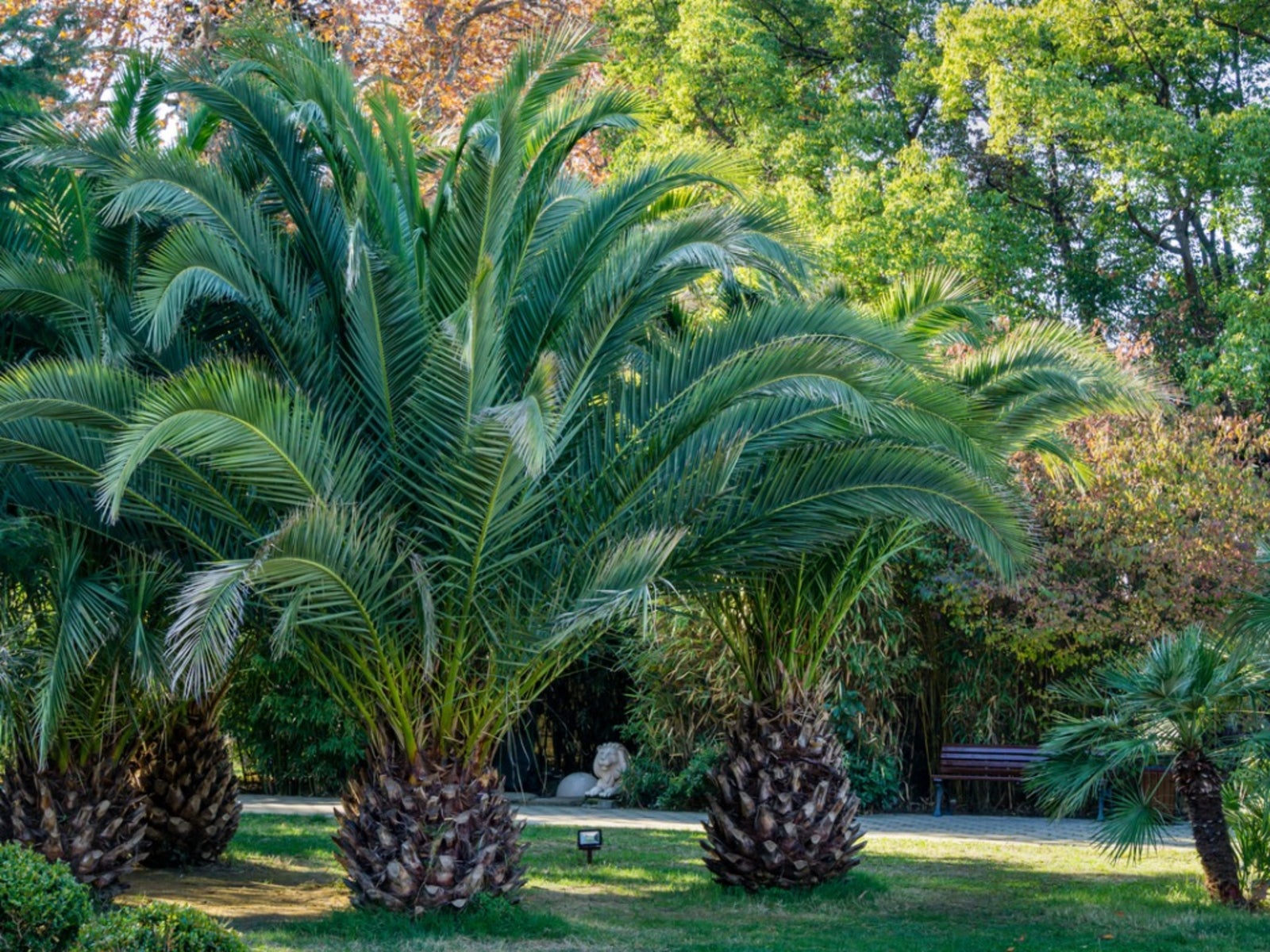 Palm Tree Fusarium Wilt: Learn About Fusarium Wilt Treatment For Palms
Palm Tree Fusarium Wilt: Learn About Fusarium Wilt Treatment For PalmsFusarium wilt is a common disease of ornamental trees and shrubs. Palm tree Fusarium wilt comes in different forms but is recognizable by similar symptoms. This article will help with its identification and treatment.
By Bonnie L. Grant